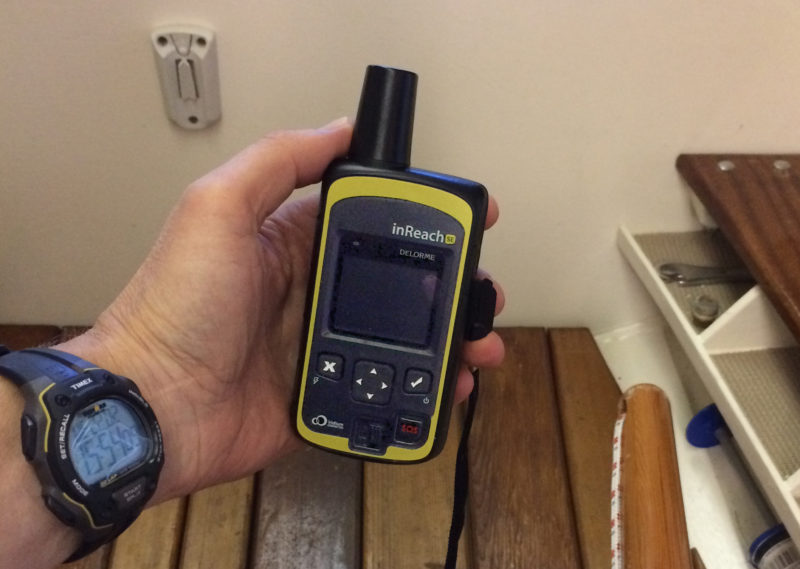 photograph by the author
photograph by the authorThe InReach has input controls built into the device, but a Bluetooth link can connect it to mobile devices, like phones and tablets, to make data entry and messaging much easier.
Last spring, I planned a summer sail-and-oar trip up the Inside Passage of the British Columbia coast, a journey that would take about six or seven weeks. I knew I would be out of mobile-phone range for much of that time. While a satellite communicator was not exactly a requirement my wife set for me before embarking on the trip, it made the trip a much easier sell, because she would be able to track my progress and we could keep in touch.
Hand-held satellite messengers have been in existence since the release of the SPOT in 2007, and while they are relatively common now, not all are created equal. The one I chose is a Delorme InReach SE. The device is about 6″ x 2 1/2″ x 1″, about the size of a mobile phone but twice as thick. It comes with an AC power adapter and micro USB cable for charging, a clip, and a lanyard. It has a 1 3/8″x 1 1/8″ color screen, power and reset buttons, a four-way rocker button, and an SOS button with a lockout slider. On the back are reminders about what the buttons on the front do. The unit has a rating of IPX7, which means it’s waterproof to a depth of 1 meter for 30 minutes.
The InReach has a number of key features that convinced me to buy it rather than other similar devices. In addition to tracking and marking my location on a web-based map, the unit can also send and receive text messages, up to 160 characters, to email addresses and phone numbers you select. If you download the Earthmate app to your smart phone, you can pair the phone to the InReach via Bluetooth and use the phone’s keyboard, which is much less cumbersome than cycling through the alphabet using the unit’s rocker button. There are three editable, pre-set messages for quick messaging. The unit can also post to Facebook and Twitter. To activate the unit, you will need to set up an account and subscription plan, which takes time but is straightforward if you follow the instructions.
When you’re using the InReach to track your progress, it will transmit your location every 10 minutes by default, but the interval for waypoint updates can be customized. On my trip last summer, I set it to ping once an hour and turned the unit off at night to save power. The text-messaging feature worked well, although there was frequently lag time between the sending and receiving of a message.
There is also a marine weather forecast update feature. I didn’t find it very useful for my trip, but that’s a function of where I was, an region where there are few weather stations, and local conditions can vary considerably from the forecast. The update is probably more useful in more populated areas where there are more reporting stations. A caveat when choosing a subscription plan: The two least expensive subscriptions charge a fee for each forecast request, each text you receive (50 cents), or for software updates from the website, or track (10 cents). You can also suspend the plan for a nominal monthly fee if you use the device seasonally.
The rechargeable lithium-ion battery life is claimed to be about 100 hours, but I generally got about 35–40 hours, which included some texting every day, which uses more power than position updates.
The InReach Explorer is a more expensive version of the unit with built-in topographic maps, a digital compass, an altimeter, and an accelerometer. Since I had most of these features in my GPS already, the SE was a better deal for me.
The InReach SE gave my wife the assurances she needed that I was OK and keeping to my plan. She had regular positions marking my progress each day, the comfort of short personal message exchanges with me, and the knowledge that I could signal for a quick rescue if there was serious trouble.![]()
Alex Zimmerman is a semi-retired mechanical technologist and former executive. His first boat was an abandoned Chestnut canoe that he fixed up as a teenager and paddled on the waterways of eastern Manitoba and northwestern Ontario. He started his professional career as a maritime engineer in the Canadian Navy, and that triggered his interest in sailing. He didn’t get back into boatbuilding until he moved back to Vancouver Island in the ’90s, where he built a number of sea kayaks that he used to explore the coast. In the early 2000s, he built his first sail-and-oar boat and he completed his latest in June of this year. He says he can stop building boats any time.
DeLorme lists the InReach SE at $399.99; many online retailers offer it for $299 and less. Subscription plans range from $14.95 to $99.95 per month, less with an annual contract.
Is there a product that might be useful for boatbuilding, cruising or shore-side camping that you’d like us to review? Please email your suggestions.

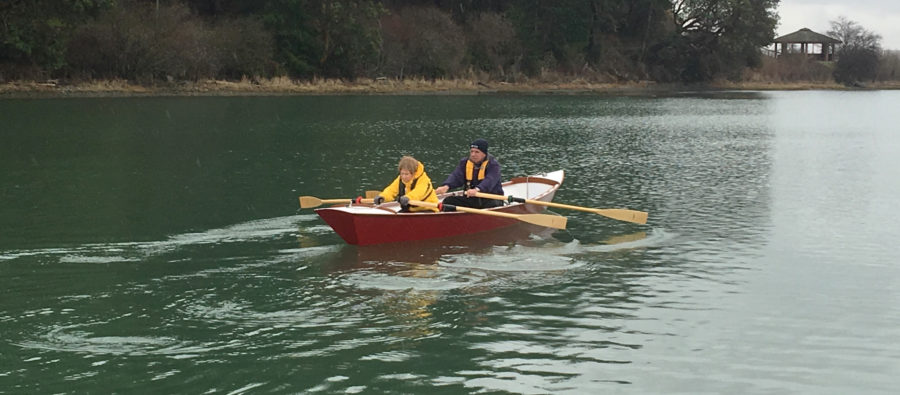
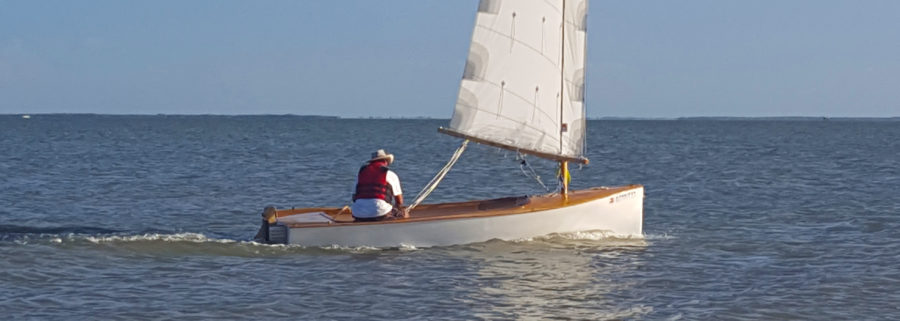
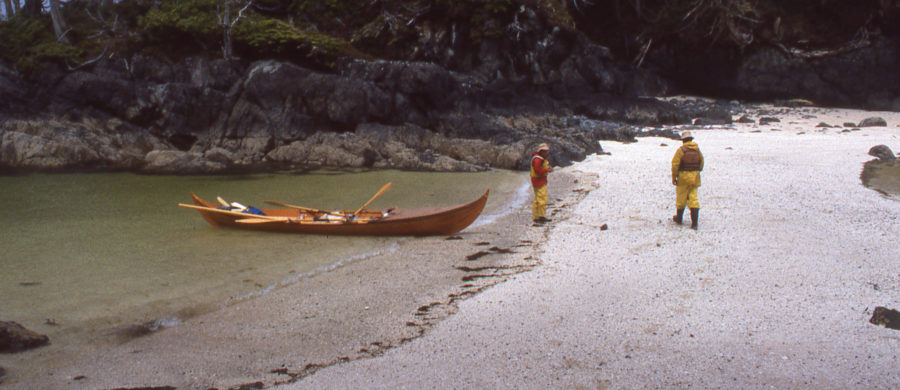
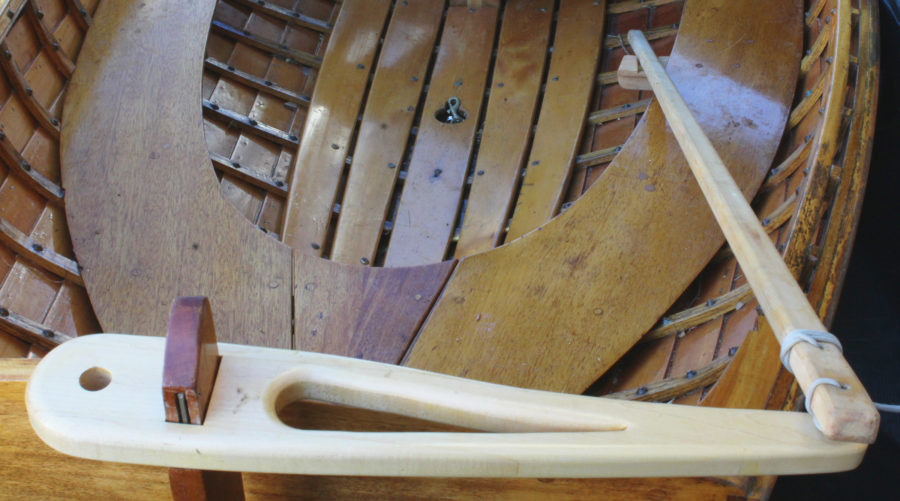
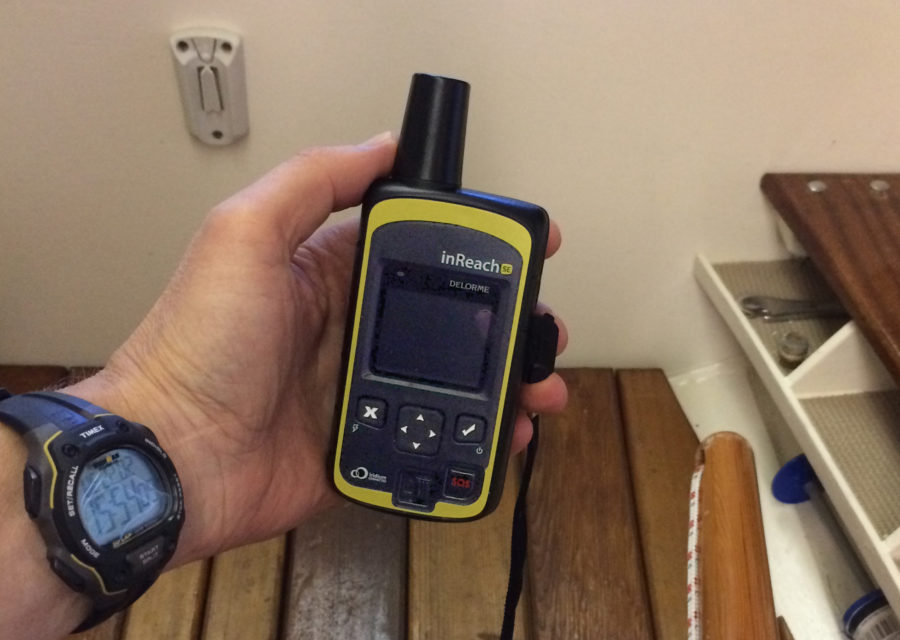
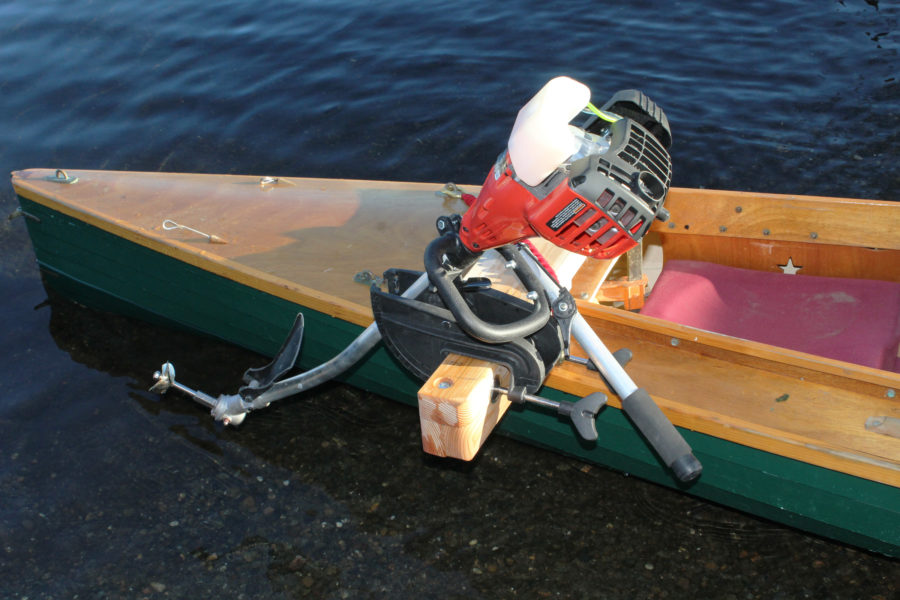
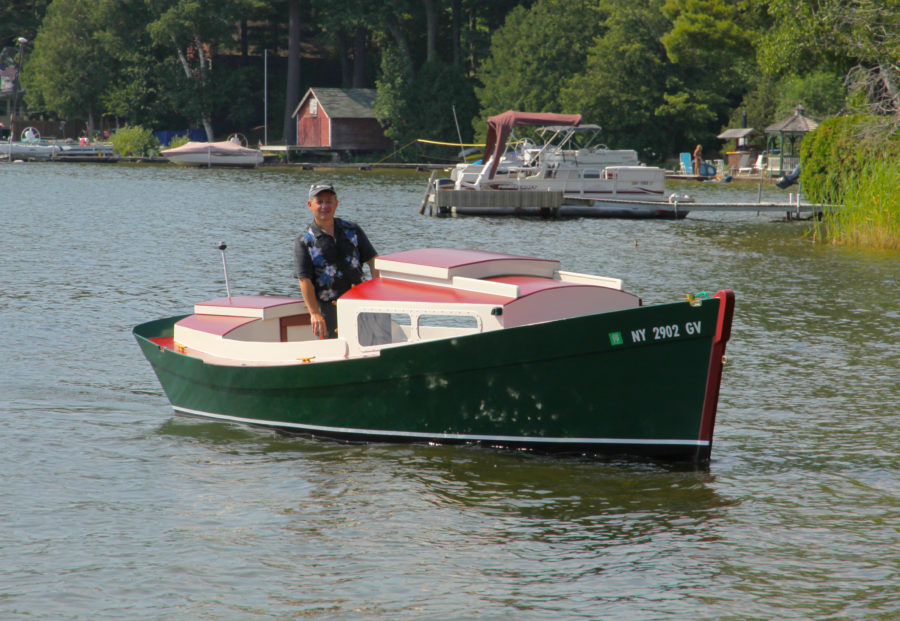
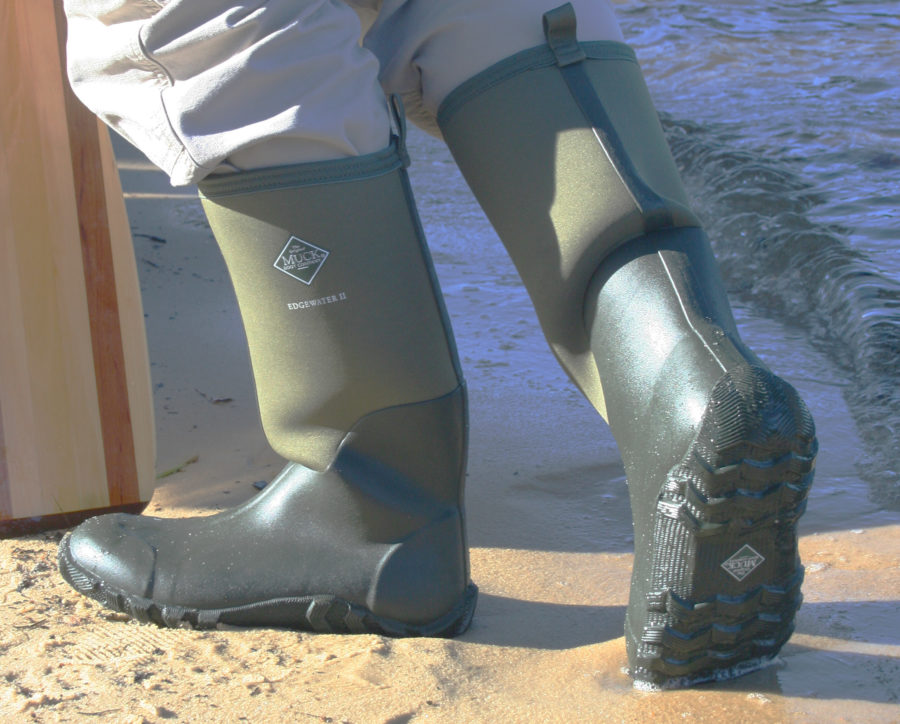

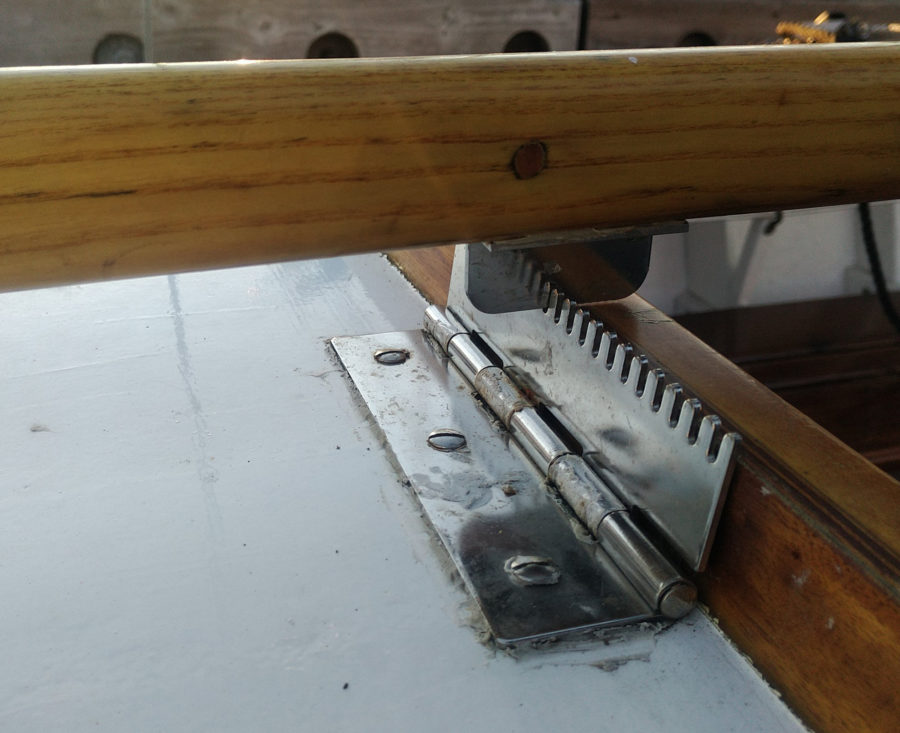

Excellent article. Time to start the quest for a hand-held to take rowing.
Great Article! I have been wanting one of these for sometime now. Given that my two adult children now own a cruising sailboat we can share it. It’s so hard to cut the strings altogether. You mentioned the Explorer version has an accelerometer. I think of this as a device to measure change in speed. How is this helpful? Am I wrong?